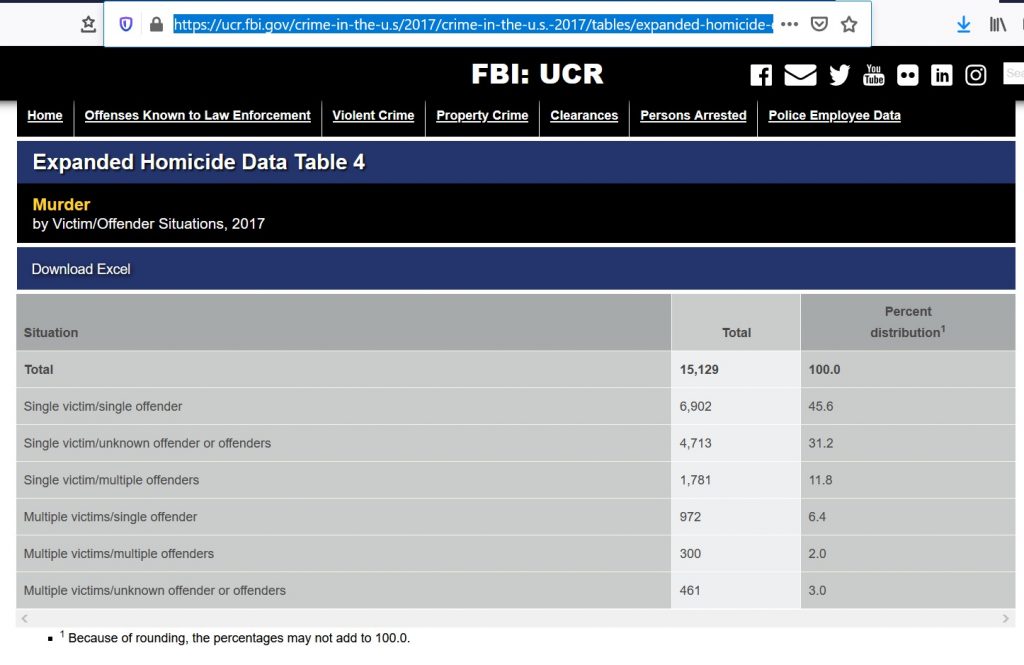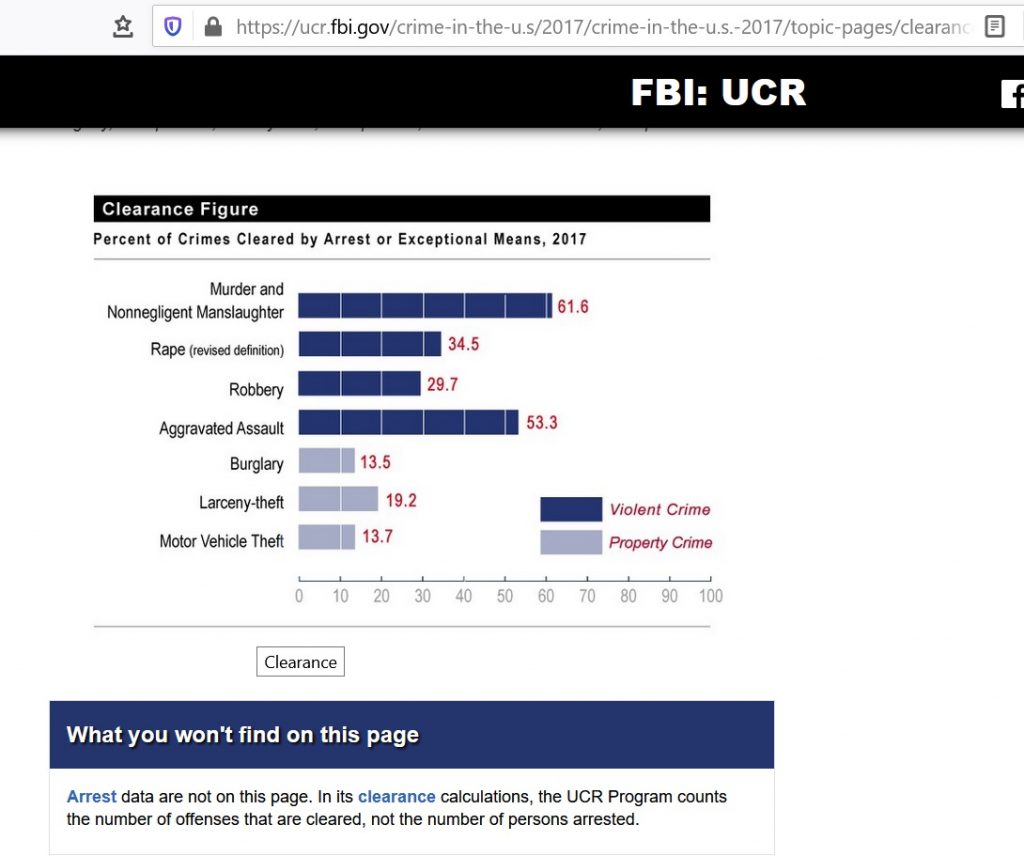It is rational to suspect a conspiracy in some situations. Conspiracies are difficult to prove and difficult to disprove. Proving a conspiracy usually requires a confession by someone in the conspiracy or evidence such as surveillance audio, video, or documents such as a duplicate set of books in an accounting fraud or a diary. People involved in criminal conspiracies who confess are, almost by definition, unreliable witnesses and can often be called into question because of their admitted moral character.
Disproving a conspiracy is usually very difficult, simply because we generally lack reliable 24/7 surveillance of the alleged conspirators. Specific conspiracy scenarios can be ruled out but it is often impossible to comprehensively rule out all plausible scenarios. Thus, it is often necessary to accept a high level of uncertainty in situations where a conspiracy may be involved; even with a high degree of suspicion, certainty beyond a reasonable doubt is often not possible.
What does historical data show about the frequency of conspiracies and how frequently do they elude discovery? These are some numbers from the US Federal Bureau of Investigation (FBI).

The FBI reported a total of 15,129 homicides in 2017, the most recent year for which I was able to locate statistics. Of these, 1,781 involved a single victim and multiple offenders — a conspiracy. Three-hundred (300) involved multiple victims and multiple offenders — a conspiracy. Thus, a total of 2,081 or 13.76 percent involved a conspiracy.
Note that the table lists 5,174 (461 + 4,713) or 34.2 percent with an unknown offender or offenders, presumably unsolved. Thus, a substantial number of murder conspiracies avoid detection and prosecution.
The FBI also gives clearance data for 2017 indicating about 38.4 percent of homicides are unsolved. Note that this seems inconsistent with the 34.2 percent number implied by the Homicides by Victim/Offender Situation table above. The meaning of “clearance” is the subject of some controversy and has different definitions in different crime statistics.

The history of investigations into organized crime where conspiracies have frequently been proven in a court of law includes numerous unsolved murders and disappearances including such famous cases as the murder of reputed mob boss Arnold Rothstein in 1928, the disappearance of Jimmy Hoffa in 1975, the murder of alleged Chicago mob boss “Sam” Giancana in 1975, and many others.
Thus conspiracies do happen and it is rational to suspect them in some situations. The FBI data indicates conspiracies are involved in about 13.76 percent of murders in the US.
(C) 2021 by John F. McGowan, Ph.D.
About Me
John F. McGowan, Ph.D. solves problems using mathematics and mathematical software, including developing gesture recognition for touch devices, video compression and speech recognition technologies. He has extensive experience developing software in C, C++, MATLAB, Python, Visual Basic and many other programming languages. He has been a Visiting Scholar at HP Labs developing computer vision algorithms and software for mobile devices. He has worked as a contractor at NASA Ames Research Center involved in the research and development of image and video processing algorithms and technology. He has published articles on the origin and evolution of life, the exploration of Mars (anticipating the discovery of methane on Mars), and cheap access to space. He has a Ph.D. in physics from the University of Illinois at Urbana-Champaign and a B.S. in physics from the California Institute of Technology (Caltech).

